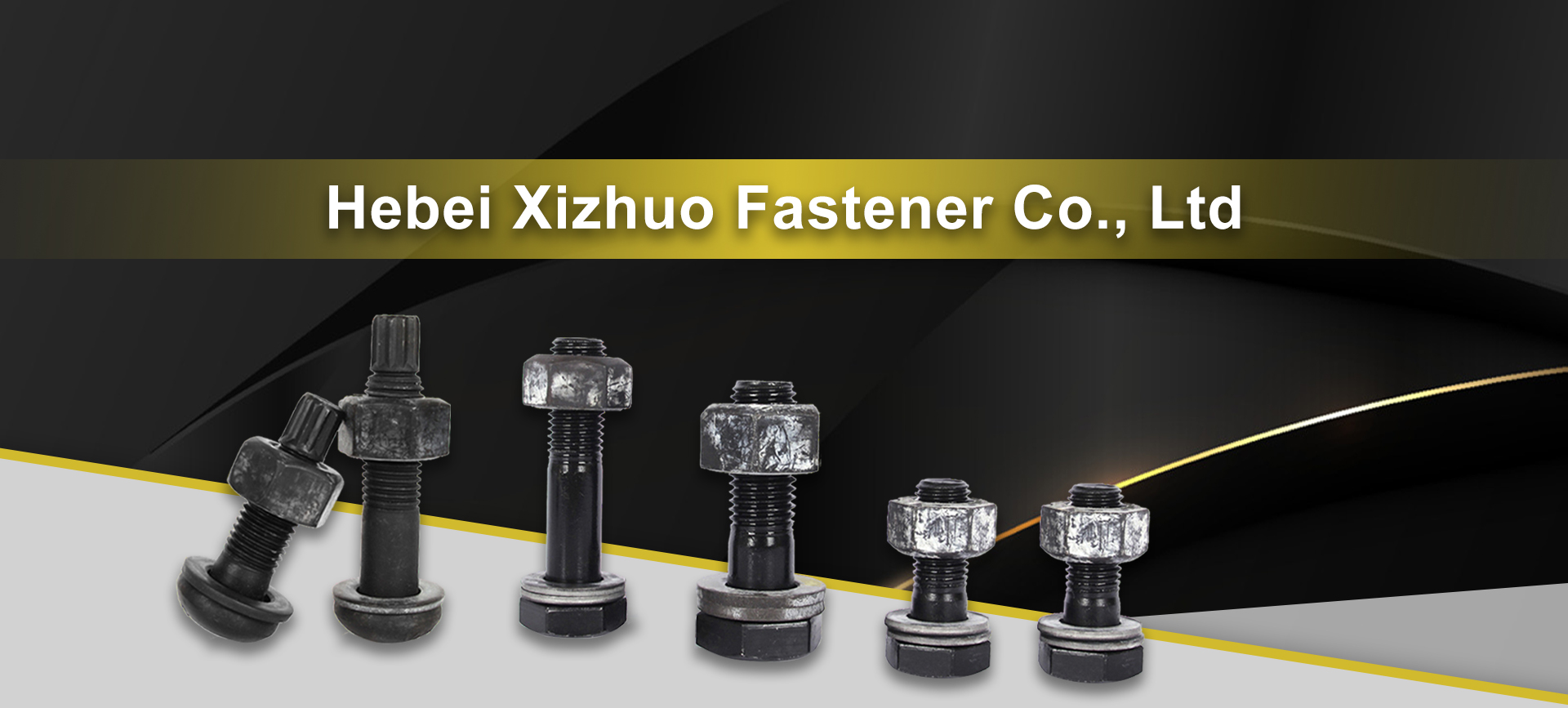anchor bolts in concrete footings
Understanding Anchor Bolts in Concrete Footings
Anchor bolts play a critical role in construction, particularly when it comes to securing structural elements to concrete footings. These bolts provide stability and strength, serving as a connection point between various structures and their foundational supports. This article delves into the significance, types, installation procedures, and considerations surrounding anchor bolts in concrete footings.
What are Anchor Bolts?
Anchor bolts are specially designed bolts that are embedded in concrete to provide anchorage for structural components. Their main purpose is to transfer loads from the structures on top—such as columns, walls, or equipment—down to the footing, ensuring the overall stability of the construction.
There are various types of anchor bolts, including L-shaped, J-shaped, and straight bolts, each serving different purposes based on the construction needs. The choice of anchor bolt type is essential, as it influences the resistance to shear and tension forces that may act upon the structure.
Importance of Anchor Bolts
Anchor bolts are crucial for several reasons
1. Load Transfer They facilitate the transfer of loads from supported structures to the footing, allowing the foundation to handle various stresses and strains effectively. 2. Stability By anchoring structures firmly to the ground, they help prevent lateral movement and overturning during extreme weather conditions, such as strong winds or earthquakes.
3. Safety Properly installed anchor bolts contribute to the overall safety of the construction, reducing the risk of structural failure.
4. Code Compliance Many building codes and standards require the use of anchor bolts in certain applications to ensure safety and durability.
Installation of Anchor Bolts
The installation of anchor bolts requires careful planning and execution
. Here are the typical steps involved1. Design Consideration The design phase should include the specifications for anchor bolt locations, types, sizes, and load capacities based on the structural requirements.
anchor bolts in concrete footings

2. Footing Preparation Before pouring concrete, the excavation area should be prepared. This includes ensuring that the footing's dimensions align with the engineering plan.
3. Placement of Anchor Bolts Anchor bolts must be positioned accurately according to the design. They can be inserted into the footing when concrete is poured or placed post-curing using epoxy or chemical anchors.
4. Concrete Pouring Once the bolts are in the correct position, the concrete is poured to form the footing. Care must be taken to avoid disturbing the bolts during this process.
5. Curing and Inspection After the concrete sets and cures, an inspection process is necessary to ensure that the bolts are secure and properly aligned.
Considerations for Using Anchor Bolts
While anchor bolts are essential, there are important considerations to keep in mind
1. Material Selection The material from which the anchor bolts are made is critical. Common materials include steel, stainless steel, and other alloys, which provide different levels of strength and corrosion resistance.
2. Load Specifications Understanding the type and magnitude of loads that the anchor bolts will face is vital. This information will guide the selection of the appropriate size and number of bolts.
3. Environmental Factors Depending on the project location, environmental conditions such as soil composition, moisture levels, and seismic activity may influence the choice and installation of anchor bolts.
4. Maintenance Regular inspection and maintenance of anchor bolts are crucial for long-term performance. This could involve checking for signs of corrosion, loosening, or any physical damage.
Conclusion
Anchor bolts are indispensable components of concrete footings in construction, ensuring stability and safety. Understanding their types, installation processes, and essential considerations enables builders and engineers to design structures that withstand various forces and adhere to safety regulations. By prioritizing the correct use and maintenance of anchor bolts, construction professionals can contribute to safer and more resilient buildings.
-
Weatherproof Plastic Expansion Anchors for OutdoorNewsJun.06,2025
-
Sustainability in the Supply Chain: Eco-Friendly TEK Screws ProductionNewsJun.06,2025
-
Load-Bearing Capacity of External Insulation FixingsNewsJun.06,2025
-
Double Head Bolts: Enhancing Efficiency in Industrial MachineryNewsJun.06,2025
-
Corrosion Resistance in Chipboard Screws: Coatings for Wholesale DurabilityNewsJun.06,2025
-
Butterfly Toggle Bolts : Enhancing Structural ResilienceNewsJun.06,2025
